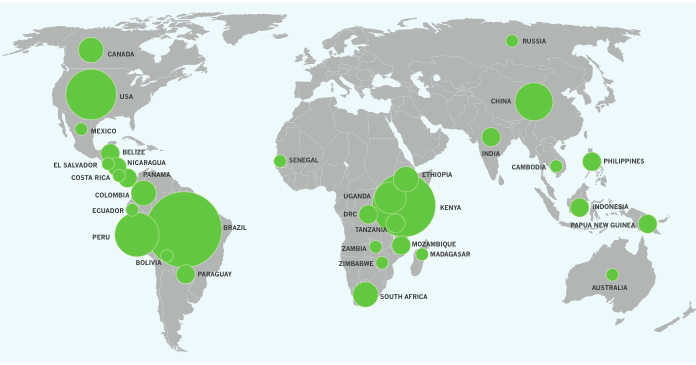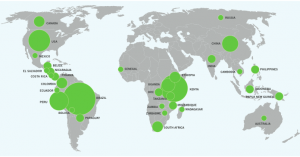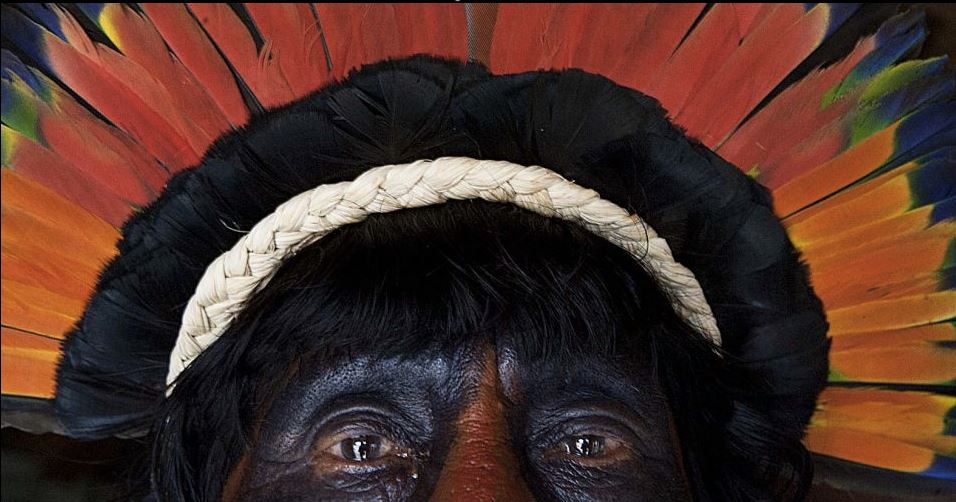According to the Guardian’s article, “World’s to PR companies rule out working with climate deniers,” there has been a recent shift in the role PR companies have in creating climate change doubt. After reading Merchants of Doubt we all know the importance PR companies, along with several other actors, have had in making action on climate change difficult. The level of certainty within the scientific community has been high enough, in my opinion, to warrant wide-scale public fear and pressure to demand immediate and strong action to mitigate climate change for decades now. However, this level of certainty is still not reflected in the mainstream media or consciousness. This is in large part because of misinformation campaigns, driven by savvy PR firms, that slam real facts, and misinterpret reasonable amounts of uncertainty about the various aspects of climate change from the science to the economics of it.
Yet, we are perhaps witnessing a change in the willingness of these companies to partake in merchandizing doubt, even if marginal. The Guardian and the Climate Investigations Center (an organization that monitors and researches misinformation campaigns surrounding climate change) acquired data through surveys sent to these companies. According to the authors of the article, Suzanne Goldenberg and Nishad Karim, “Now a number of the top 25 global PR firms have told the Guardian they will not represent clients who deny man-made climate change, or take campaigns seeking to block regulations limiting carbon pollution. Companies include WPP, Waggener Edstrom (WE) Worldwide, Weber Shandwick, Text100, and Finn Partners” (Goldenberg). This moral and political switch is very exciting and hopeful to a certain extent.
However, the research collected should be taken with a fair amount of skepticism and a watchful eye of potential green washing by these companies. To begin the Guardian and Climate Investigations Center (CIC) did not appear to get the full picture of the “top PR Companies” as the title suggests; less than half responded to them including companies with a history of both environmental and climate change disinformation campaigns. Furthermore, it was a survey, not necessarily research into each individual firm’s internal policies, client list and current and past campaigns. This means the firms only offered what information they want the media and watchdogs to know. These are PR firms, they are experts in creating the appearance they want, while masking what they don’t want known or focused on. Kert Davies, the founder of CIC acknowledges this saying, “They pretend they are above the fray and they are not involved, and yet they are the ones designing ad campaigns, designing lobbying campaigns, and designing the messages their clients want to convey around climate change ” (Goldenberg).
So while this article can, and perhaps should, be taken with a healthy dose of cynicism it got me thinking about some hopeful outcomes. As we have learned in class one of the key roles of transnational networks is regulation. This is often taken in the form of an organization or network creating a certifiable standards, benchmarks or rules that encourage voluntary participation of companies. These certifications can be highly credible and a good way to motivate companies to take action and become accountable for their current actions. I think that if a transnational network of PR firms set a standard that committed them to only represent climate positive companies it has the potential to increase the momentum founding this article. While the CIC is a good start, from what I can tell, a more legitimate actor with similar goals, would be necessary for this type of regulation to succeed.
Work Cited:
Goldenberg, Suzanne , and Nishad Karim. “Environment Climate change World’s top PR companies rule out working with climate deniers.” The Guardian. N.p., 4 Aug. 2014. Web. 15 Oct. 2014. <http://www.theguardian.com/environment/2014/aug/04/worlds-top-pr-companies-rule-out-working-with-climate-deniers>.



